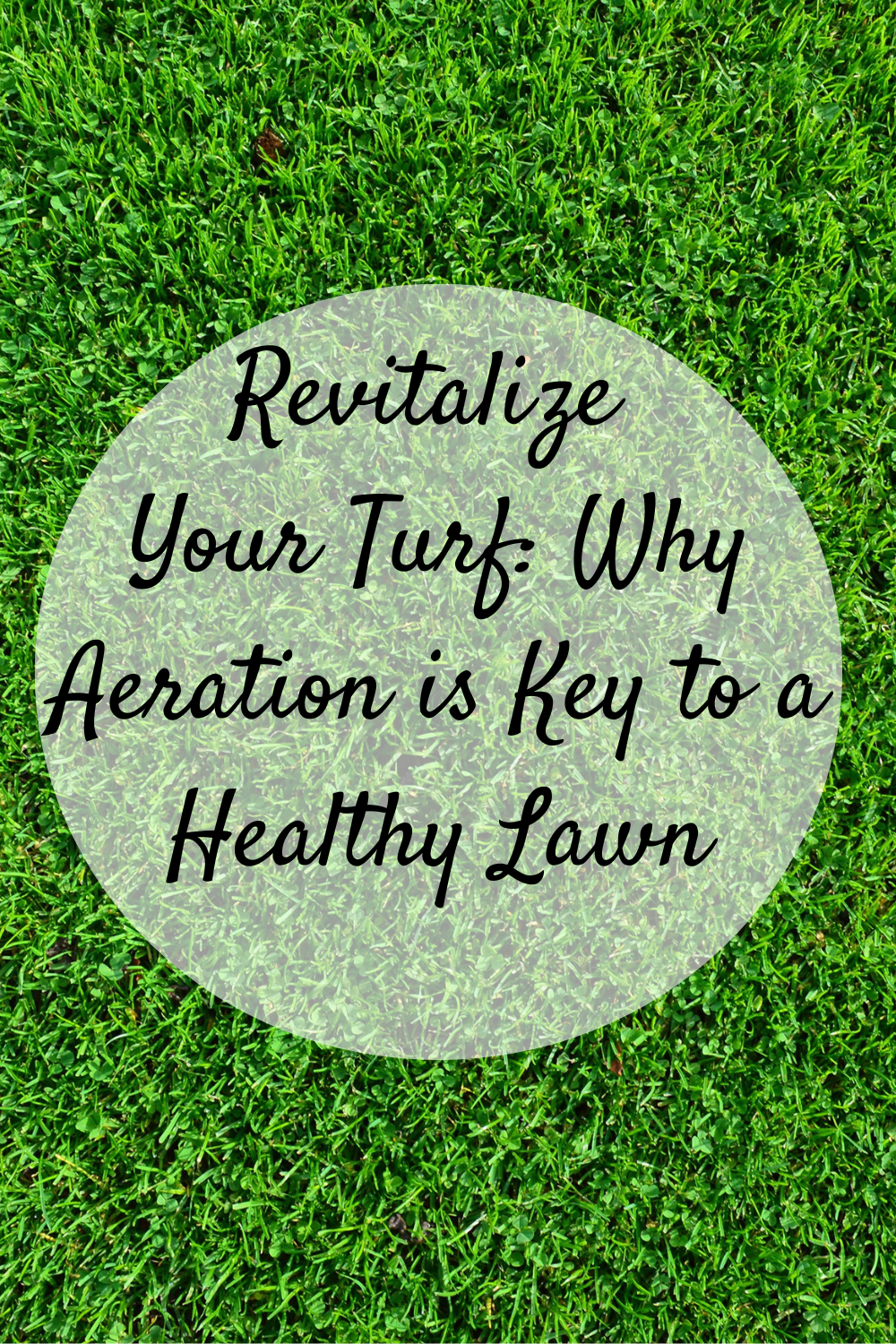
Lawn aeration involves ventilating the soil with small holes, permitting air, water, and nutrients to penetrate the grass roots. This process helps the roots grow deeply, leading to a stronger, more vigorous lawn. It’s an essential technique for enhancing turf health and vitality. Perforating the soil helps essential elements reach the root system where they’re most needed.
The primary purpose of aeration is to mitigate soil compaction. When soils are compacted, they have an excess of solid particles in a confined area, which obstructs the flow of air, water, and nutrients. A professional lawn aeration service can reduce this compaction and restore soil health. This service ensures optimal growing conditions for grass by improving soil structure and function.
The Benefits of Aeration
It can bring numerous benefits to your lawn, making it healthier and more attractive. Here are the primary advantages:
- Improved Air Exchange: Air exchange between the soil and atmosphere is crucial for a healthy root system. It enhances this, promoting healthier growth.
- Enhanced Soil Water Uptake: By creating holes in the soil, water is more easily absorbed into the ground, reaching the root zone where it is most needed.
- Strengthened Root Growth: It allows roots to grow more deeply, enhancing the grass’s stability and health.
- Reduced Water Runoff and Puddling: Areas of your field that might previously have been susceptible to pooling water will benefit from better drainage, thanks to the channels created by it.
- Enhanced Fertilizer Uptake and Use: By aerating your field, fertilizer has a better chance of reaching the root zone, where it can be most effective.
- Improved Thatch Breakdown: A layer of thatch, which is a build-up of organic matter between the live grass and the soil, can prevent water, air, and nutrients from reaching the soil. It helps break down this layer, promoting a healthier field.
When to Aerate Your Lawn
The best time to aerate your grass depends on the type of grass you have. Cool-season grasses, such as ryegrass and bluegrass, benefit most from ventilating in the early spring or fall. In contrast, warm-season grasses like Bermuda and zoysia are best aerated in late spring or early summer.
Choosing the Right Aeration Method
There are two basic methods of aeration: spike and plug aeration. Spike aeration involves punching holes into the ground with a solid tine or spike. This method is less effective at alleviating soil compaction because it can actually increase compaction in the areas around the holes.
How to Properly Aerate Your Lawn
Proper ventilation requires using the right tools and techniques:
- Choose an Aerator: A manual push aerator may be sufficient for small grasses. Larger fields may require a motorized aerator, which can be rented from a local garden center or tool rental company.
- Prepare the Lawn: Water your grass one to two days before aerating to soften the soil and make it easier to penetrate.
- Aerate Effectively: Cover the grass in a pattern that ensures even ventilation. Avoid overlapping excessively, but make sure that the area is thoroughly aerated to get the best results.
- Aftercare: Once it is complete, it is an excellent time to apply fertilizer and oversee the field, as the seeds will find a welcome home in the newly made holes.
Regular aeration is important for maintaining a healthy, lush lawn. While the task might seem daunting, the benefits of aeration are substantial. Engaging a professional lawn aeration service can ensure that homeowners achieve these benefits consistently, helping maintain a vibrant and healthy green space that enhances the beauty and value of their home. A well-aerated lawn looks great, is more durable, and is better equipped to withstand various stresses, such as drought and foot traffic.





